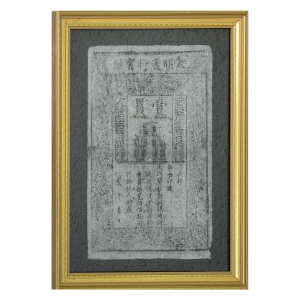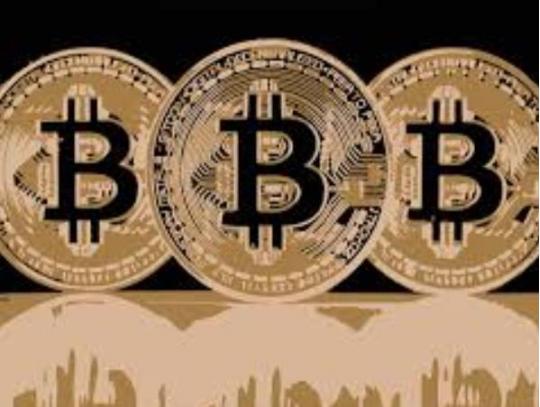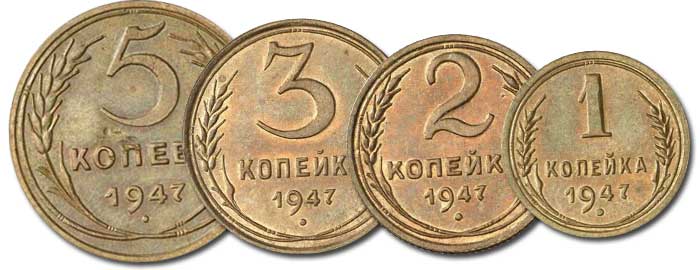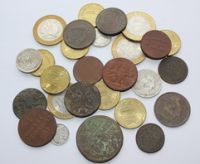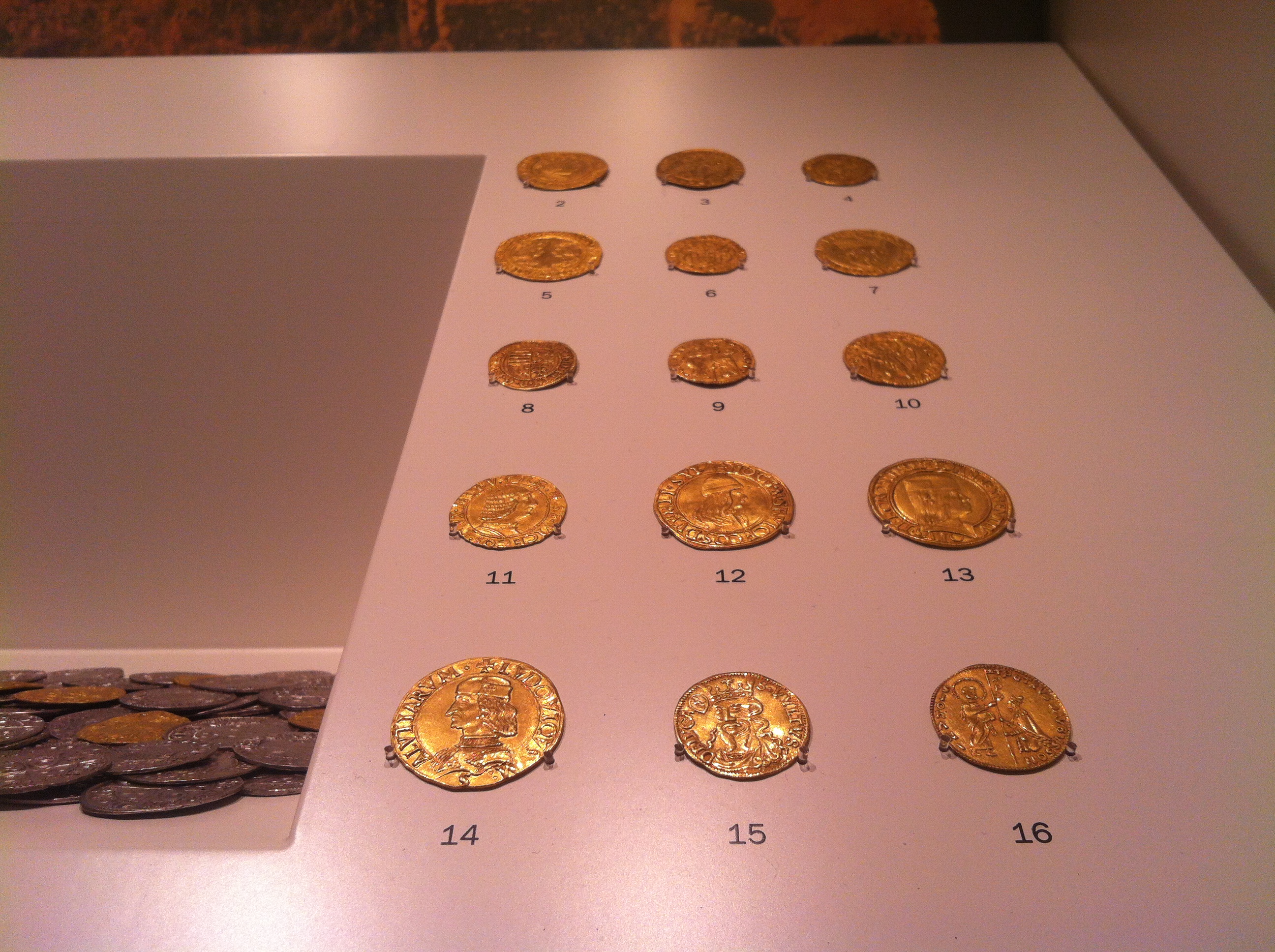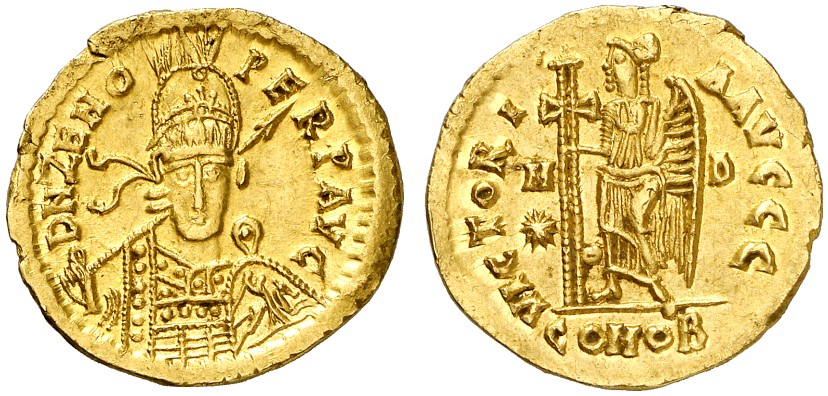all-powerful autocrat
Roman coins (III century BC – V century AD)
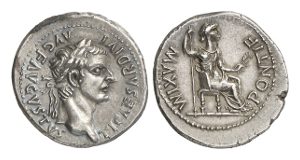 The Roman Empire dominated most of the ancient world known to us for over 500 years and exerted a decisive influence on the economy, art and culture of Europe in subsequent centuries. In the area of coin minting and in money making in general, the Romans also laid the foundations for their subsequent development.
The Roman Empire dominated most of the ancient world known to us for over 500 years and exerted a decisive influence on the economy, art and culture of Europe in subsequent centuries. In the area of coin minting and in money making in general, the Romans also laid the foundations for their subsequent development.
The most ancient Roman coins were cast in bronze (the so-called “heavy bronze”, Aes grave), and the image on them contained an indication of dignity in assa (the ass was equal to one pound) and ounces (1/12 assa). Continue reading
Celtic Coins (III-I century BC)
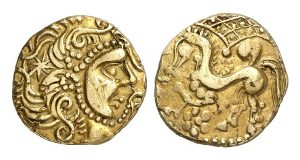 The name “Celts” was first mentioned by the Greek historian Herodotus (Greek “keltoi” means “brave”). At one time, the Celts were scattered throughout Northern Europe, although it was never a question of any kind of Celtic public education, but at most temporary alliances of individual tribes to achieve certain goals. Continue reading
The name “Celts” was first mentioned by the Greek historian Herodotus (Greek “keltoi” means “brave”). At one time, the Celts were scattered throughout Northern Europe, although it was never a question of any kind of Celtic public education, but at most temporary alliances of individual tribes to achieve certain goals. Continue reading
Numismatics Museum in Nicosia
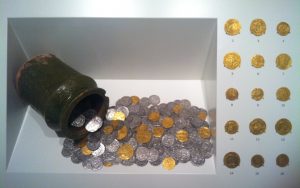 The ancient Greeks attributed the invention to heroes of myths, and the Romans to their gods Janus and Saturn (they believed that the oldest coins were made by Janus in honor of the god of time, who came to Italy from the island of Crete). Coins as a reflection of the era of their creation and existence: face value and weight, and most importantly, images and legend – all this has a long history in each case and reveals to the modern researcher, and simply to an inquiring mind, secrets and pictures of the past.
The ancient Greeks attributed the invention to heroes of myths, and the Romans to their gods Janus and Saturn (they believed that the oldest coins were made by Janus in honor of the god of time, who came to Italy from the island of Crete). Coins as a reflection of the era of their creation and existence: face value and weight, and most importantly, images and legend – all this has a long history in each case and reveals to the modern researcher, and simply to an inquiring mind, secrets and pictures of the past.
The museum was established in Nicosia in 1995 and since then it has remained unique in Cyprus. Continue reading
